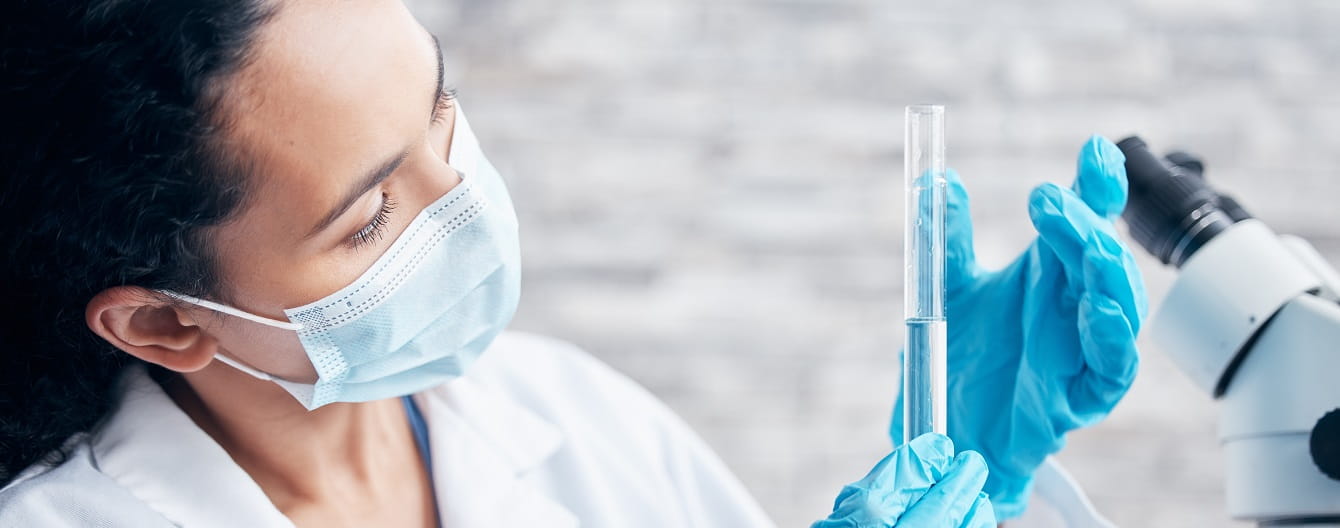

By Hsing-Mei Wu and Laura Runkel
To explore underlying trends leading to disruptions during the pandemic period, the Trialtrove API data from completed trials were analyzed using a custom solution that identified substantially delayed trials (i.e., trials whose primary completion dates were pushed back by more than six months). We analyzed details at the level of sponsor type, therapeutic area (TA), phase, and region, and identified trends that could be useful for future strategic planning.
The delay profiles for trials completed in 2020–22 are similar across all TAs for two sponsor types, all other pharma (AOP) and top 20 pharma (Figure 1). Most TAs experienced steep annual increases in the percentage of delayed trials over this period. Exceptions were noted for AOP-sponsored central nervous system (CNS) trials and top 20-sponsored cardiovascular (CV) trials, whose delay rates flattened between 2021 and 2022. Top 20-sponsored vaccine trials experienced the lowest delay rates during the pandemic.

A/I = Autoimmune/Inflammation; CNS = Central nervous system; ID = Infectious Diseases; Met/Endo = Metabolic/Endocrinology; CV = Cardiovascular
Phase-specific differences were observed for both AOP and top 20 sponsors (Figure 2). The average trial delay rates were lowest in Phase I, and the AOP sponsor average (8%) was twofold lower than that of top 20 pharma (16%). The average Phase II and Phase III delay rates were more similar between AOP and top 20 sponsors, with top 20 pharma performing better in both phases. For example, top 20 pharma’s average Phase II delay rate (22%) was lower than that of AOP (25%). In Phase III, smaller differences across TAs were observed, while the top 20 average (17%) also reflects lower delays than AOP (19%). Phase IV trial completions were relatively low compared with other phases but indicate that AOP fared better than top 20 sponsors (15% versus 30%) in meeting projected Phase IV timelines, particularly for oncology and ID.

A comparison of delay rates for trials completed in countries of Western Europe, North America, and Asia (Figure 3) illustrates some of the similarities and differences in these trends. The delay rates for top 20-sponsored trials in Western Europe increased modestly between 2021 and 2022, while in North America the rates climbed steeply during this period. This difference suggests some relative efficiencies may have been achieved in Western Europe by top 20 sponsors. Asian trials are dominated by AOP sponsors, typically Chinese companies running local trials, including many Phase I studies for generics. However, the 2021 delay rates for Asian AOP Phase II (18%) and Phase III (19%) trials were lower than those observed in the other regions, where they ranged from 28% to 32%. These regional differences also were observed in 2022, indicating that Asian trials kept pace better with their planned timelines than those conducted in Western Europe and North America.

This analysis identifies several underlying trends that impacted trial delays during the three-year pandemic period and highlights the usefulness of Trialtrove’s historical API data that can be leveraged for other uses.
About the authors
Laura Runkel, PhD
Associate Director, Citeline
Laura has over 30 years of experience within the pharma industry and academia, and currently supports clinical trial intelligence for the autoimmune/inflammation, CNS, and ophthalmology therapeutic areas at Citeline. She has contributed to many Citeline Thought Leadership publications, including the annual completed trials analysis since 2017. Prior to joining Citeline in 2006, Laura performed research focused on immunology, HBV, and gene regulation.
Hsing-Mei Wu, PhD
Principal Analyst, Citeline
Mei joined Citeline’s Trialtrove team in 2015 after accumulating 10+ years of hands-on experience in designing and conducting preclinical/clinical studies. She routinely applies her knowledge and expertise in drug regulation, database designs and advanced data analysis/visualization tools to provide clients with high quality insights and support. By leveraging her Chinese language background, she has become the go-to person for pharmaceutical intelligence and regulatory information related to China and Taiwan.





